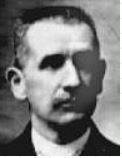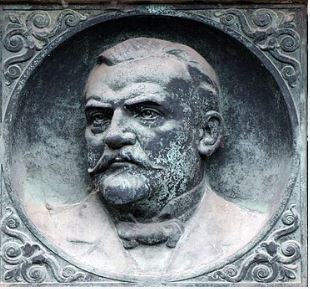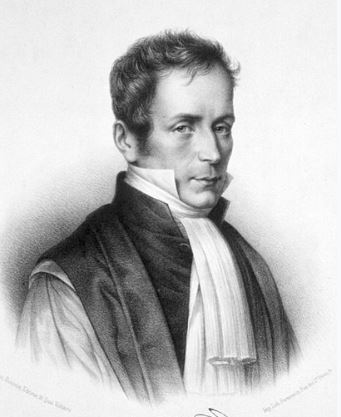Scientists have been struggling with discoveries and inventions for years, conducting numerous experiments. However, sometimes discoveries occur unexpectedly, due to errors during the experiment, unsuccessful results or a coincidence. Often, the "side effect" turns out to be much more interesting than the desired result!
Here are just a few examples from the history of medicine…
 French chemist Bernard Courtois (1777-1838) studied the ash from seaweed, which was at that time the basis for the manufacture of soda. There were many containers of reagents on the scientist's desk. At some point, a cat unsuccessfully jumped on the table and pushed a couple of flasks to the floor. One contained a solution of algae ash in alcohol, the other contained sulfuric acid. The substances mixed, resulting in purple-blue smoke. Then a precipitate was found on the objects – crystals with a pungent specific smell. The crystals interested B. Courtois, he began to study this substance and gave it the name "iodine", which translated from Greek and meant "purple".
French chemist Bernard Courtois (1777-1838) studied the ash from seaweed, which was at that time the basis for the manufacture of soda. There were many containers of reagents on the scientist's desk. At some point, a cat unsuccessfully jumped on the table and pushed a couple of flasks to the floor. One contained a solution of algae ash in alcohol, the other contained sulfuric acid. The substances mixed, resulting in purple-blue smoke. Then a precipitate was found on the objects – crystals with a pungent specific smell. The crystals interested B. Courtois, he began to study this substance and gave it the name "iodine", which translated from Greek and meant "purple".
 Konstantin Falberg (1850-1910), a German chemist of Russian origin, spent almost twenty-four hours at work studying the chemical properties of bitumen. One day he was so tired that, leaving the laboratory, he forgot to wash his hands. He didn't do it before dinner either. As a result, everything he touched from food got a sweet taste. This led him to think that there was a substance left on his hands that gave sweetness. As a result, saccharin was discovered - for a long time it replaced ordinary sugar for people with diabetes.
Konstantin Falberg (1850-1910), a German chemist of Russian origin, spent almost twenty-four hours at work studying the chemical properties of bitumen. One day he was so tired that, leaving the laboratory, he forgot to wash his hands. He didn't do it before dinner either. As a result, everything he touched from food got a sweet taste. This led him to think that there was a substance left on his hands that gave sweetness. As a result, saccharin was discovered - for a long time it replaced ordinary sugar for people with diabetes.
 Auscultation (listening to sounds within the body) of the patient has been known since the time of Hippocrates. At first, doctors simply put their ear to the patient's body. It was not always hygienic and convenient. In 1816 French physician Rene Laennec (1781-1826) invented an auscultation instrument, - a stethoscope. His intelligence prompted him to do this. One day R. Laennek was invited to a young lady who complained on heart problems. But the patient had a rather voluptuous chest, and the sounds from the internal organs were poorly heard. The doctor rolled up the music sheets, put them to the patient's chest - and clearly heard loud heartbeats at the other end of the paper tube. Later, Russian surgeon Nikolai Korotkov invented a phonendoscope by pulling a membrane over the bell.
Auscultation (listening to sounds within the body) of the patient has been known since the time of Hippocrates. At first, doctors simply put their ear to the patient's body. It was not always hygienic and convenient. In 1816 French physician Rene Laennec (1781-1826) invented an auscultation instrument, - a stethoscope. His intelligence prompted him to do this. One day R. Laennek was invited to a young lady who complained on heart problems. But the patient had a rather voluptuous chest, and the sounds from the internal organs were poorly heard. The doctor rolled up the music sheets, put them to the patient's chest - and clearly heard loud heartbeats at the other end of the paper tube. Later, Russian surgeon Nikolai Korotkov invented a phonendoscope by pulling a membrane over the bell.
These are just some examples. And how many more have there been in the history of medicine - ordinary, funny or tragic!..
